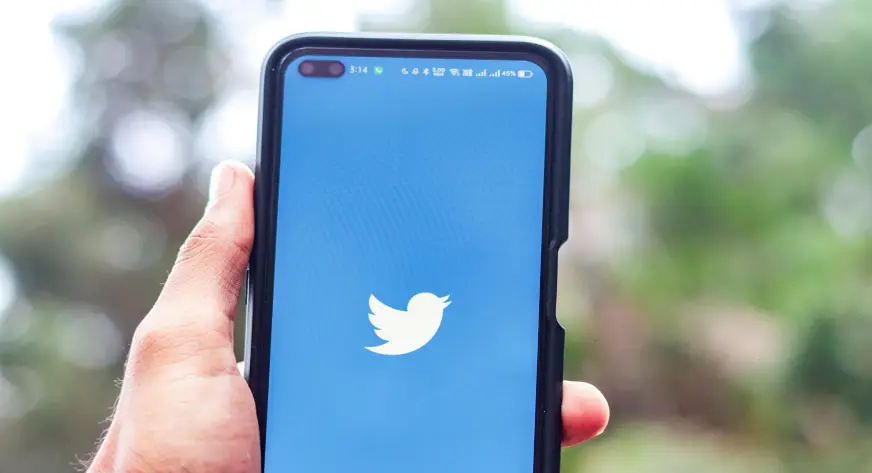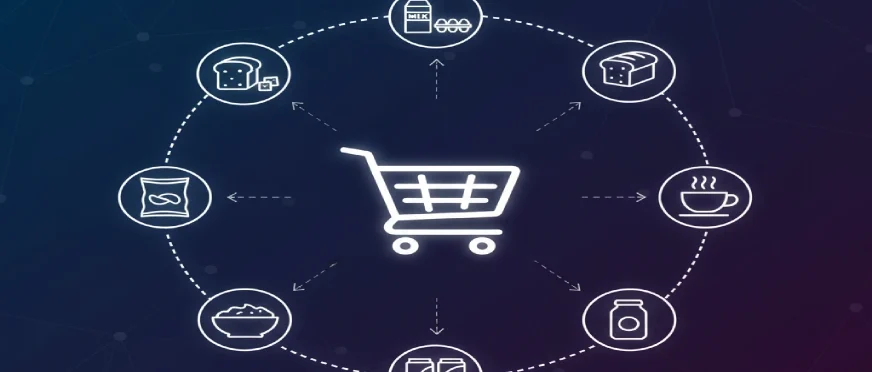Twitter influencer marketing in 2025 isn’t just about tweeting a promo and hoping for likes. Twitter, now rebranded as “X” has transformed into a vibrant space full of creators, communities, and features that brands can use to grow, connect, and convert. From live audio chats to shoppable tweets, influencer campaigns are more interactive and goal-driven than ever. But to make it work, you need more than just a trending hashtag—you need a clear strategy.
This guide breaks down the entire process in simple terms. Whether you’re a small business or a growing brand looking to explore Twitter influencer marketing, these steps will help you move in the right direction.
Steps for Twitter Influencer Marketing
1. Define Your Objectives
Before reaching out to any influencer, get clear on your goals. Are you looking to spread the word about your brand, increase website traffic, boost sales, or maybe promote a new product?
Your objective decides everything from the influencers you choose to the type of content you ask them to create. For example, product launches may need video reviews, while awareness campaigns might work better with Twitter threads.
When you know exactly what you want to achieve, your strategy becomes focused, your results improve, and your collaborations become more meaningful and aligned with your business goals.
2. Understand Your Audience
To get results from influencer marketing, you need to know your audience inside-out. Start by asking: who are they, what do they like, and where do they hang out online? Do they engage with polls, threads, or memes? Are they following news, gaming, beauty, or tech influencers?
Try to understand their basic profiles including age, interests, online habits, and goals. The better you understand your ideal customer, the easier it is to find influencers they trust and follow. That way, your campaign feels natural and not scripted and therefore it performs better too.
Twitter is a great place to collaborate with nano influencers, who often have a more loyal following. See how they’re reshaping influencer marketing.
3. Identifying and Selecting the Right Influencers
Not all influencers are the same. Each influencer has its own range of impact, effectiveness, engagement and trust among its followers. In 2025, you’ll find nano influencers (under 10k followers), micro influencers (10k–100k), and macro influencers (over 100k).
- Nano Influencers (Under 10K followers):
Perfect for targeting small, loyal communities. Their audiences are usually highly engaged and trust their recommendations.
- Micro Influencers (10K–100K followers):
They offer a sweet spot between reach and engagement. Great for budget-friendly campaigns with authentic impact.
- Macro Influencers (100K+ followers):
Ideal for large-scale visibility. However, they often charge more and may have slightly lower engagement rates.
Use tools like BuzzSumo, Modash, or even X’s built-in discovery features to find creators in your niche. Make sure their tone, content style, and audience match your brand. Choosing the right type of influencer is key to getting actual engagement—not just vanity metrics.
To boost your Twitter influencer strategy, it’s smart to stay updated on what’s trending. Explore the top influencer marketing trends for 2025 to stay ahead.
4. Evaluating Influencer Authenticity and Engagement
Just because someone has 50,000 followers doesn’t mean they’re the right choice. In 2025, bots and fake engagement still exist. Always check if the influencer’s audience is real. Are people commenting meaningfully or just dropping emojis?
Use tools like HypeAuditor or Modash to assess engagement rates and spot fake followers. An influencer with a smaller but active following can outperform one with bigger but inactive numbers.
Also, check if their content feels honest and natural. If it’s full of obvious ads, their audience might be tuning out—reducing your campaign’s impact.
5. Crafting Effective Influencer Collaboration Strategies
Twitter isn’t just about tweets anymore. There are threads, polls, Spaces, and even live video as other means to connect with your audience. Choose content types based on your goals and audience behavior.
For instance, use polls for feedback, threads to tell a story, and Spaces for live Q&A. Decide whether you want influencers to co-create content (more collaborative, authentic) or do sponsored posts (brand-led).
Be sure to stay within the FTC rules—disclosures are still important in 2025. Hashtags like #ad or #sponsored help keep things transparent. A clear, flexible collaboration plan ensures both sides know what to expect and can focus on results.
6. Leveraging Twitter’s Latest Features for Influence
Twitter is now “X” is no longer just text-based. Use its latest features like X Spaces (live audio discussions), Communities (interest-based groups), and Super Follows (paid content) to build deeper connections.
These features let influencers engage in real-time, offer exclusive content, or interact with niche groups. Brands can also explore shoppable tweets, where users can directly shop from a tweet, or paid subscriptions for premium content.
When used right, these tools allow influencers to create more immersive campaigns making your product part of the conversation, not just another post in the feed.
7. Campaign Execution: Best Practices
Once your plan is ready, it’s time to go live. But don’t just tweet and forget. Map out a content calendar with clear dates for posts, replies, retweets, and polls. Keep things consistent but not spammy.
Plan 2–3 posts per week, and adjust based on audience response. Also, don’t keep your campaign stuck on Twitter. Let influencers cross-promote on Instagram, YouTube, or LinkedIn.
This helps build momentum across platforms. Good execution is all about timing, frequency, and staying true to your brand voice while letting influencers add their unique touch.
8. Measuring Success and Analyzing ROI
After your campaign runs, it’s time to ask: did it work? In 2025, don’t just count likes. Look at reach, click-throughs, engagement rate, and even sentiments are people responding positively? Did it drive traffic or sales?
Use tools like Twitter Analytics, Bit.ly for link tracking, or advanced platforms like Sprout Social or Hootsuite. Track which type of content performed best, which influencer drove the most value, and what could be improved.
ROI isn’t just money—it’s also about awareness, reputation, and audience trust. Take notes, learn, and tweak your next campaign for even better results.
9. Case Studies of Innovative Influencer Campaigns
- Skincare Brand’s Weekly X Spaces
A new skincare startup partnered with 10 micro influencers to host weekly X Spaces on skincare myths and routines. These sessions felt like casual chats, not sales pitches. Listeners asked questions in real time. This made them feel involved and developed a sense of trust. Within 2 months, their website traffic doubled and social mentions tripled.
- Tech Brand’s Real-Time Poll Campaign
A gadget company teamed up with influencers to post Twitter polls about new features before launching a smartwatch. Followers voted on colors, battery life, and design. Not only did it boost pre-launch excitement, but the feedback also helped tweak the final product making it more user-focused.
- Fashion Label’s Co-Creation with Influencers
A mid-sized fashion brand invited nano and micro influencers to design limited-edition outfit pairings. These creators shared their behind-the-scenes process on Twitter and built buzz in their communities. Sales of these co-created outfits sold out within weeks, and follower engagement hit a record high.
- EdTech Platform’s Thread-Based Storytelling
An education platform asked influencers to share personal stories of learning failures and comebacks in long Twitter threads. These authentic, human stories resonated deeply with students and parents alike. The result? A 40% spike in sign-ups within the first month of the campaign.
- Food Brand’s ‘Twitter Takeover’ Challenge
A plant-based snack brand let influencers “take over” their Twitter account for a day ,tweeting recipes, hosting Q&As, and running mini-contests. This hands-on format brought a fun twist and increased their follower count by 60% in one week.
Also Read, How to Find Influencers for Your Brand?
Conclusion
Twitter influencer marketing in 2025 is all about authenticity, creativity, and connection. It’s not just about finding someone with a big following—it’s about working with creators who truly understand your audience and can bring your brand story to life.
With new tools, smarter analytics, and engaging formats, Twitter gives brands powerful ways to connect through real voices. Whether you’re new to influencer campaigns or looking to improve your results, the steps in this guide can help you build thoughtful, effective strategies that make an impact.
When it comes to connecting the dots between strategy, content, and creators, Webworks Co. has a way of making it seamless.




